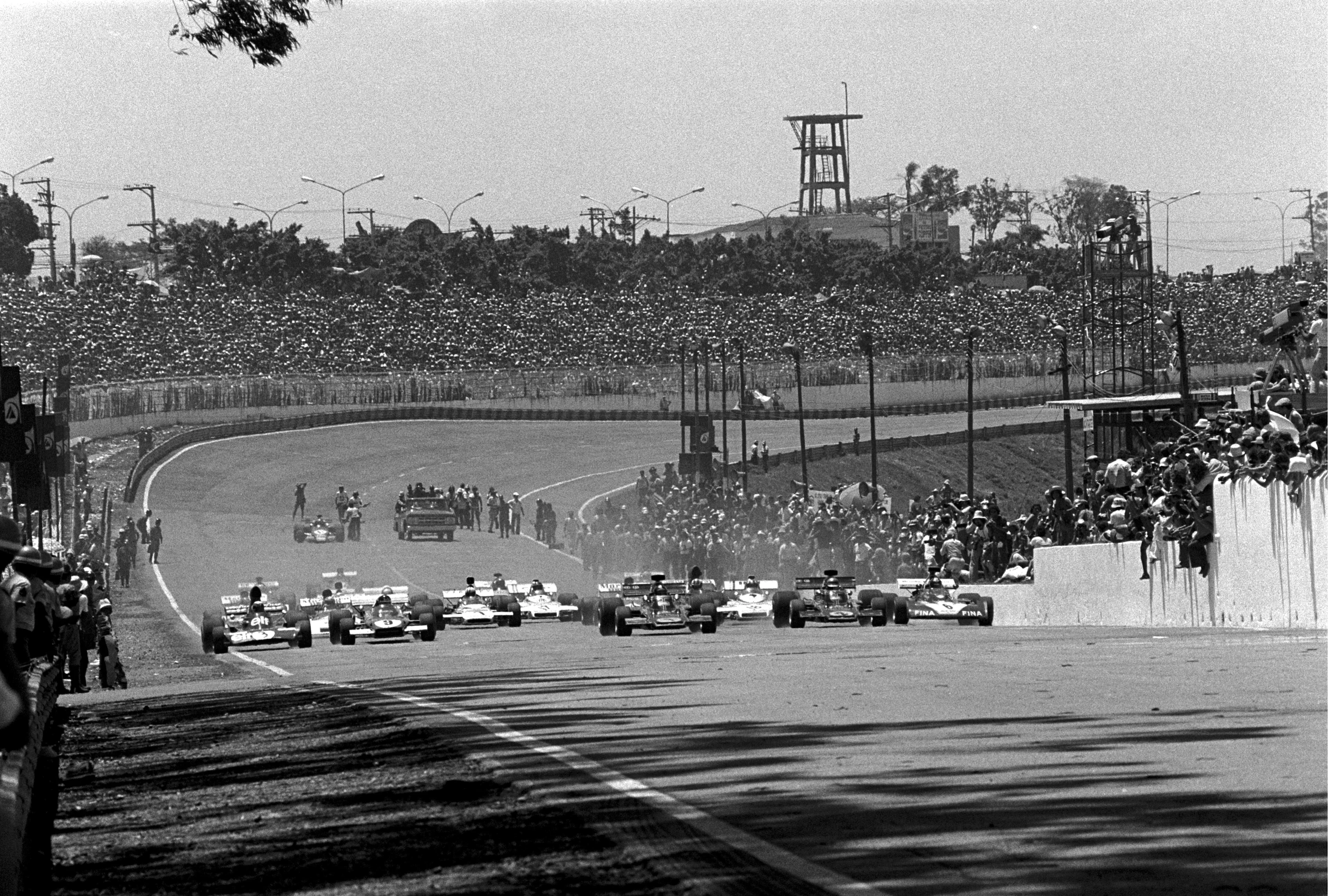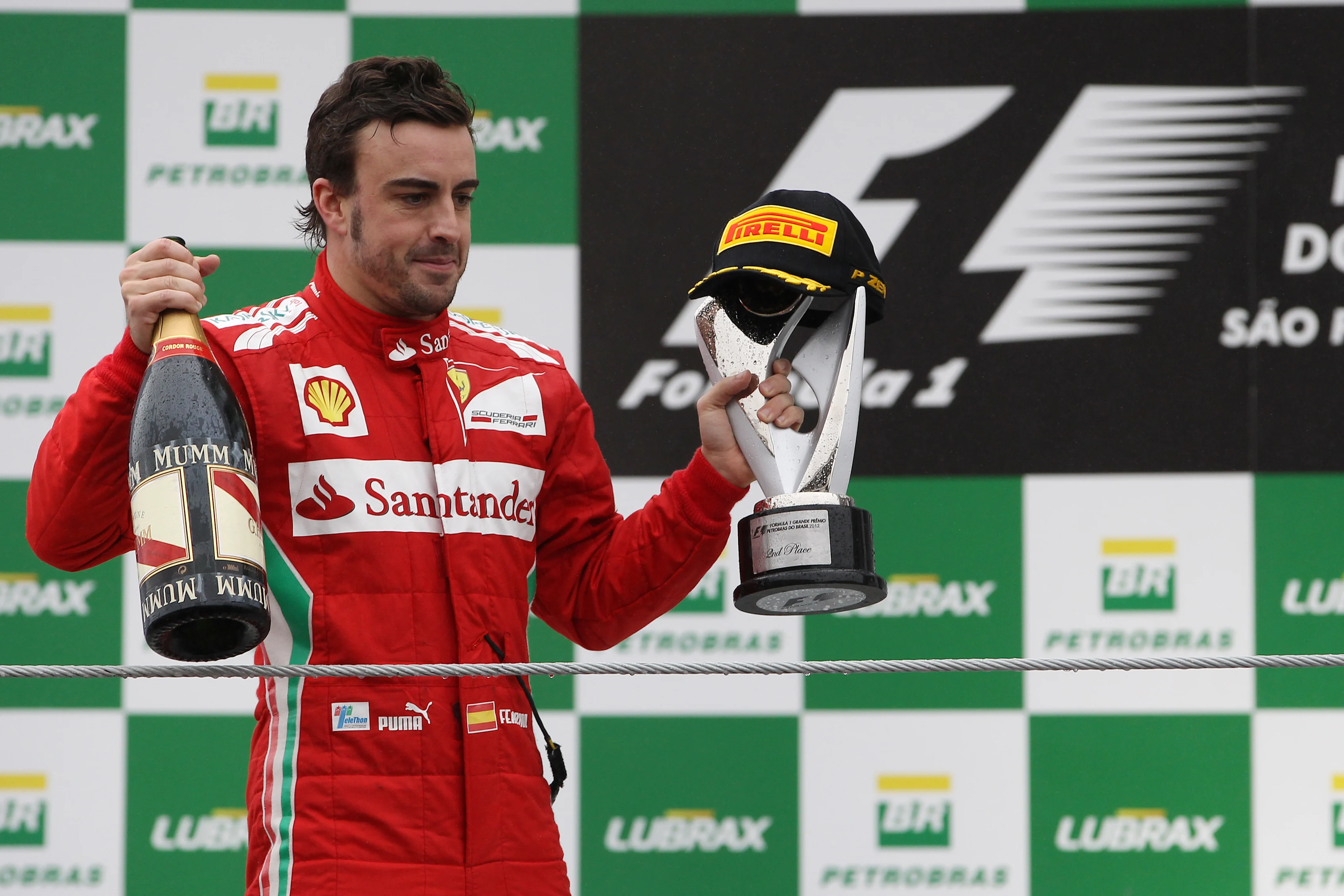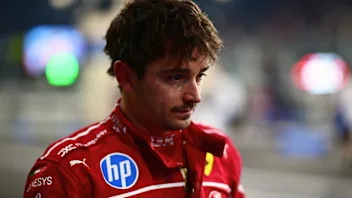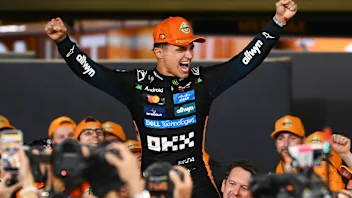Did you know that Juan Pablo Montoya was the last man to take back-to-back wins at Interlagos? Or that Fernando Alonso has scored more podiums in Brazil than any other current driver, and yet has never tasted victory? We bring you the most intriguing facts, stats and trivia ahead of this weekend's Formula 1 Grande Premio Petrobras do Brasil 2015...

Interlagos has hosted 32 Grands Prix since first becoming part of the F1 calendar in 1973
- The Brazilian Grand Prix has been a permanent fixture on the F1 calendar since 1973. Interlagos hosted the first five races, and every race from 1990 onwards. Another track was used in 1978 and throughout the 1980s, however - the five-kilometre Jacarepaqua circuit located in Rio de Janeiro.
- The country experienced home success from the off, with Emerson Fittipaldi winning the first two editions before Jose Carlos Pace scored his sole F1 victory for Brabham in 1975. The circuit was renamed in Pace's honour following his death in 1977.
- Pace was the second Brazilian to prevail in F1 racing, following in the footsteps of Fittipaldi, whose own breakthrough came in the 1970 United States Grand Prix. Since then, four other Brazilians have stood on the top step of a Grand Prix podium: Nelson Piquet, Ayrton Senna, Rubens Barrichello and Felipe Massa. In total, those six drivers have given Brazil 101 victories - a count only bettered by the United Kingdom (248 wins) and Germany (157).
- Impressively, five of those six have all won at home - the exception being Rubens Barrichello. In 19 races at his home venue, the Brazilian was on pole three times, but on Sundays he recorded 11 DNFs - eight straight between 1995 and 2003 - and only one podium, when he finished third in 2004...
- ...a race that was won by Juan Pablo Montoya (pictured with Barrichello in the main image above), who also set the fastest lap of the race - a 1m 11.473s, which remains the outright lap record.

Interlagos hasn't been the happiest of hunting grounds for Alonso - 2012 was his eighth podium without a win, which wasn't enough for him to beat Vettel to the title
- Of the current field, only Massa (2006 and 2008) and Sebastian Vettel (2010 and 2013) have won more than once in Brazil. Kimi Raikkonen (2007), Jenson Button (2012) and Nico Rosberg (2014) all have one win to their names.
- That, of course, means that both Lewis Hamilton and Fernando Alonso are still chasing their first victories at Interlagos. Hamilton has been on the podium only twice, finishing third in 2009 and runner-up last year. Alonso, meanwhile, has eight podiums - second only to Michael Schumacher on 10 - without managing to break through.
- In terms of manufacturers, Ferrari and McLaren are locked on eight wins apiece at Interlagos. The two teams also have 23 podiums each - but McLaren just have the edge in qualifying, having taken nine pole positions to Ferrari's eight.
- Pole doesn't always equate to victory at Interlagos, however. From 32 races, the polesitter has triumphed just 11 times, a ratio of 34 percent - one of the lowest of any circuit on the current calendar. The last two years have bucked the trend slightly, with Vettel and then Nico Rosberg achieving the feat in 2013 and '14 respectively.
- Speaking of Rosberg, the German enters the weekend chasing a fifth straight pole - which would be his best run in the sport, and also the joint fourth best in history. Of the current grid, only Hamilton (7), Alonso (5) and Vettel (5) can boast a longer run of consecutive poles.

Burrowing owls are a common sight at Interlagos
- Toro Rosso's Max Verstappen, meanwhile, is the on-form driver in terms of points finishes. The teenage sensation has finished inside the top ten in the five races prior to Brazil, a record no other driver can match. Verstappen is still a long way short of the all-time record for consecutive races in the points, however: that belongs to Kimi Raikkonen, on a staggering 27.
- Raikkonen can boast another unusual stat at Interlagos - in the last decade, he and Ferrari team mate Sebastian Vettel are the only two drivers to have triumphed at the circuit in the same year they won the world championship. Raikkonen managed it during his first spell with the Scuderia in 2007, while Vettel was triumphant in both 2010 and 2013, on both occasions with Red Bull.
- Vettel's 2013 triumph came one year after the German was crowned champion on Brazilian soil. It's a surprisingly common occurrence - in fact all five of the world champions on this year's grid - Alonso, Raikkonen, Hamilton, Button and Vettel - have clinched a title in Brazil.
- Burrowing owls are a common sight at Interlagos. The miniature birds are unique in that they've developed longer legs than other owls, which enable them to sprint as well as fly - handy when trying to keep out of the way of errant F1 cars!
- On an unrelated animal front, did you know that in 1958 a rhino was a candidate in Sao Paulo's city council elections? 'Cacareco', as the rhino was named, won by a landslide, although the ballot was hastily recast. To this day, 'voto cacareco' remains a term for a protest vote.
Next Up
Related Articles
 Beyond The GridToto Wolff and Hywel Thomas on Mercedes’ 2026 prospects
Beyond The GridToto Wolff and Hywel Thomas on Mercedes’ 2026 prospects/Untitled-10.webp) Bottas embarks on first day as a Cadillac driver
Bottas embarks on first day as a Cadillac driver Leclerc hoping Ferrari will ‘get back on top’ in 2026
Leclerc hoping Ferrari will ‘get back on top’ in 2026 Piastri ‘should be proud’ of his season says Brown
Piastri ‘should be proud’ of his season says Brown All the key stats from Norris’ title-winning season
All the key stats from Norris’ title-winning season Tsunoda's best moments in F1 as he departs the grid
Tsunoda's best moments in F1 as he departs the grid